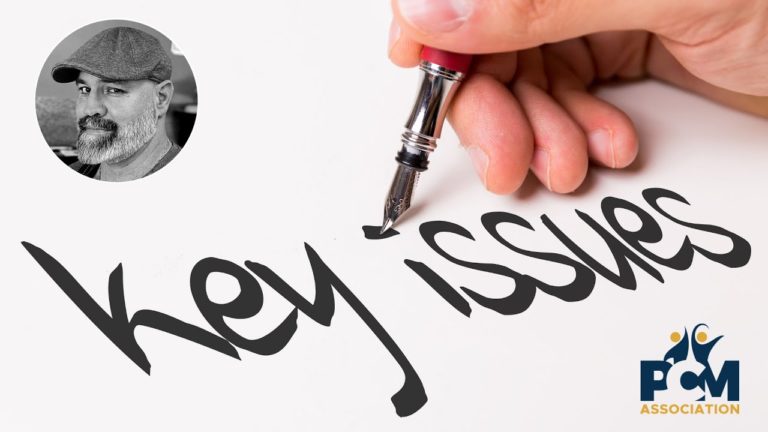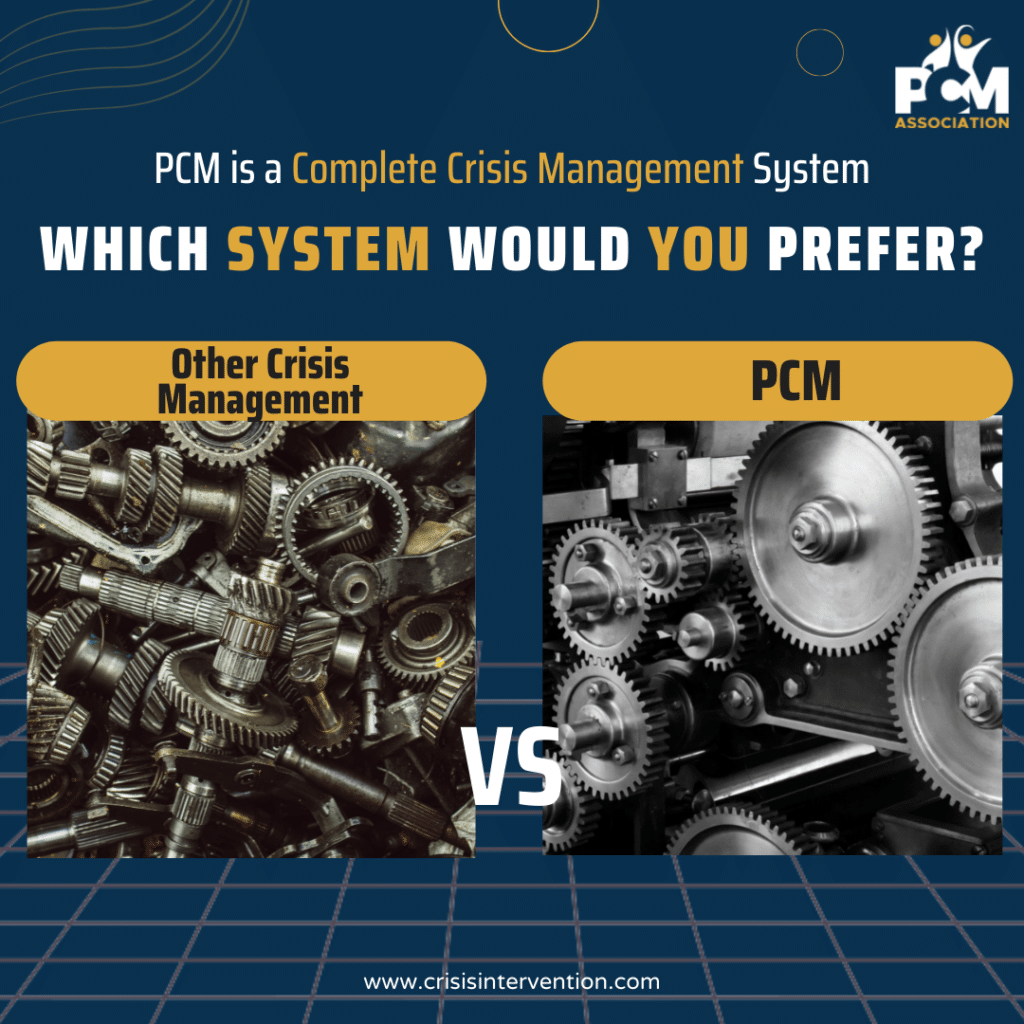Why Hands Off Policies are Likely to Compound Behavioral Issues
Nobody Wants This
Nobody wants to see restraint happen. When overused or used incorrectly, it can compromise safety. So, compassionate educators and advocates who are disturbed by these safety issues opt for the quick fix of implementing a “hands off policy”. On the surface, this seems like a great thing if you just want to avoid using restraint and the risks associated with it. But it’s not long before frustrations grow as a number of other issues set in. These include, but are not limited to, decreases in learning for the student and other students as well as increased danger as disruptive and dangerous behaviors intensify and compromise the wellbeing of all.
What We Want

The fact is, everybody in education dreams of a positive climate and culture, one characterized by an eagerness to learn coupled with safe and prosocial behavior. However, there are numerous risks to this dream as well as the safety of students and educators for those schools and districts who dismiss the prudent use of restraint for a child in crisis.
But this dream can be realized with the right crisis management system in place. A system where staff are well trained in evidence-based prevention and de-escalation strategies. One where criteria for restraints are very precise to prevent the misuse, overuse, or underuse of restraints. One where students are constantly offered choices, even during restraints. And finally, one where students are quickly and seamlessly reintegrated back into the educational programming following an incident
Listen, having a hands-off policy for restraints when there is imminent danger would be like a parent allowing their child to run into the middle of a busy road because they didn’t want to hold them to prevent harm. They would never let this happen. And neither would educators. If the school isn’t “hands off” when a child runs toward a busy intersection, then why are they hands off when a teacher or peer is attacked? Why are they hands off when self-injury occurs?
Setting Limits
All parents set limits on their children. All parents. When children are older, with language, these limits are usually set verbally as they are with all typically developing adults. For very young children, however, verbal control often fails. Consequently, in dangerous situations physical control, which is some form of restraint no matter how mild, is not only warranted but absolutely necessary for safety. The problem is that when older, stronger, more experienced, students engage in dangerous behavior, their physical management becomes more challenging and dangerous for all parties.
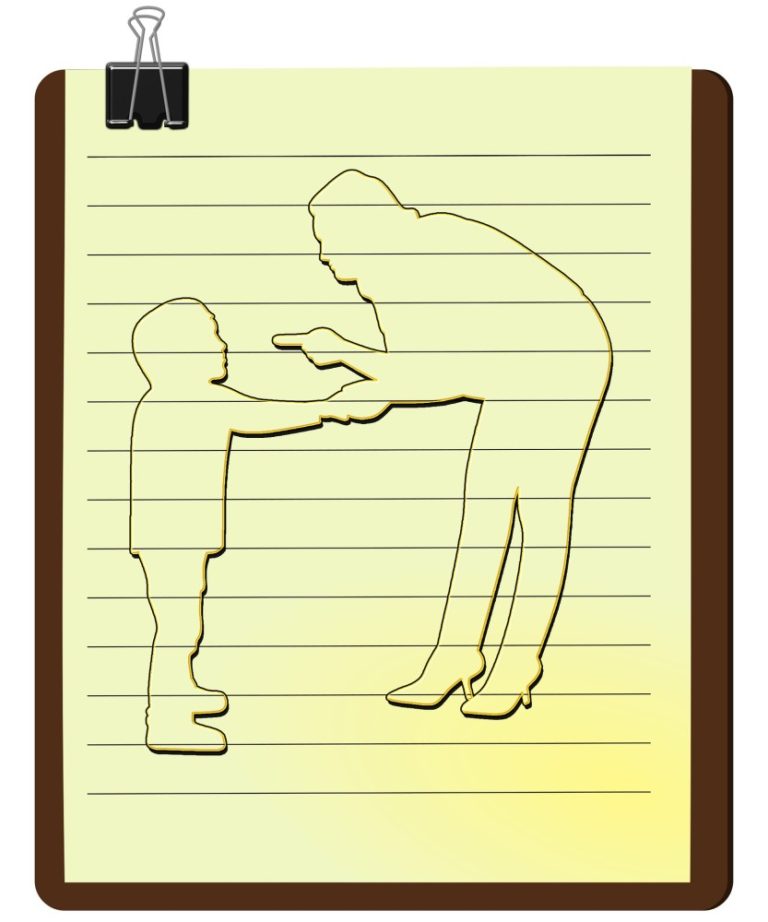
Still, nobody would disagree that older stronger children must be kept safe and must be kept from harming others. It is hard to imagine that any educator would let a special needs nonverbal child run into a busy intersection simply because the school has a hands-off policy. We must treat children with special needs differently from others, not in terms of their fundamental human rights or respect they deserve, but in terms of what we will tolerate/accept/accommodate that we would not from the non-disabled population.
The Risks of Not Restraining
We do not want our children or other children handcuffed like the infamous six-year-old Florida girl who was arrested at school and has now been diagnosed with PTSD three years later. Oh, and let’s not talk about the potential for students to be over-medicated, tased, pepper sprayed or expelled from school. We also should not allow a child to destroy a classroom because we do not want the responsibility that comes with the use of restraint as is a growing issue in education. Yes, restraint can be used irresponsibly, but “hands off” policies can also be used irresponsibly to the child’s ultimate detriment. We must not get rid of restraints, but make sure there is a crisis management system in place that focuses on preventing crisis in the first place. We must set limits more gently, non-violently, non-punitively, yet we must set these limits. To allow anyone, to do anything they want, unchecked, sets them up for failure as a contributing member of society.
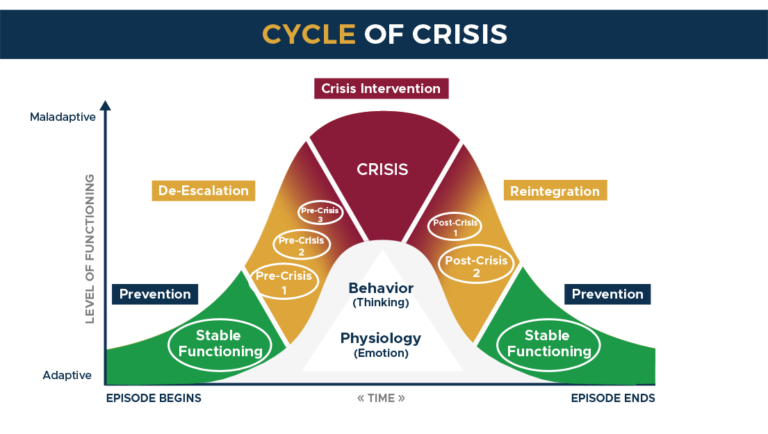
In the Professional Crisis management system, physical holding isn’t used to “punish” bad behavior, it is used to 1) prevent, 2) set limits 3) de-escalate, 3) increase safety for all through transportation or immobilization when behavior becomes dangerous to the student or others, and 4) reintegrate students back into the classroom ; moreover, it is used to prevent problem behavior from increasing in rate and intensity because it contacts unlimited reinforcement through behaviors like destroying things, injuring self and others.
What the Professionals are Saying
In an independent poll we recently conducted, 92% of the respondents believed that restraints by trained practitioners was a better option than “hands-off” policies. Very likely, the 8% of respondents who voted for a hands-off policy have either directly experienced poor restraints, or they heard of them. So their views are understandable and they can't be blamed! But let’s not throw the proverbial baby out with the bath water.
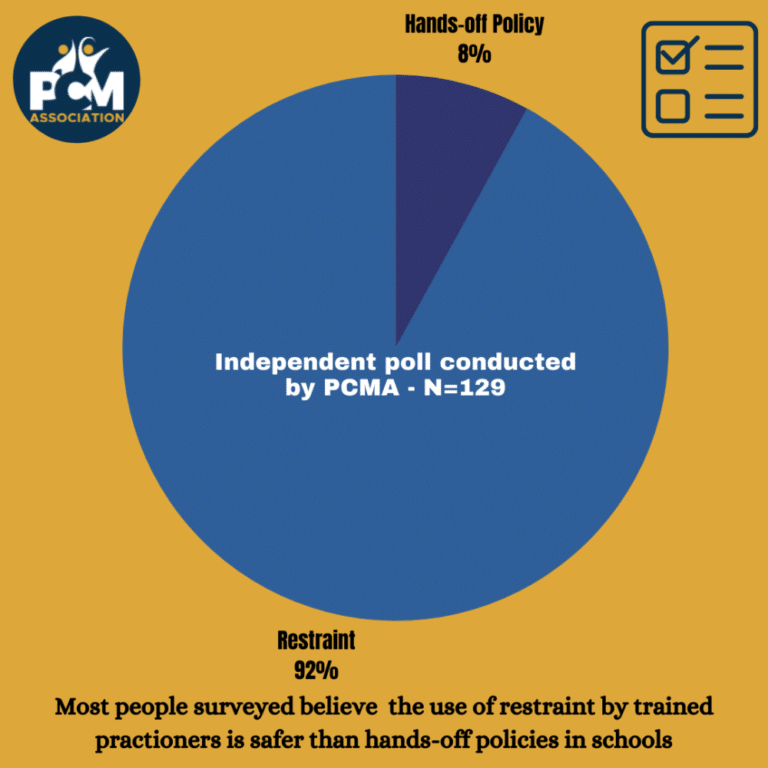
Nobody we know “likes” using restraint. We all wish to minimize its use. But a failure to employ judicious, effective, and humane short-term restraint can result in a lifetime of restriction or even trauma as experienced by the 6-year-old in Florida. When we allow a child to destroy a classroom by doing a room clear which, by the way, we as parent would never allow in public from our own children, we may solve one perceived problem in that we are avoiding the use of restraint, but eventually the child’s behavior becomes someone else’s problem. And more importantly, it becomes a problem for the child as they progressively become unable to function in society.
The Right Way

Let’s accommodate individuals who require accommodations. Let’s create a positive climate and culture powered by the science of humane behavior to minimize or even eliminate the need for restraints. Let’s make sure crisis management practitioners are being trained to fluency in prevention, de-escalation, and safe restraints (which, by the way, WILL NOT occur through a 1-day course)!
And let's increase clinical oversight being provided to ensure a positive learning environment is maintained while guaranteeing the proper uses of restraint. But let’s not go overboard and create a fictional world where students are inadvertently taught that all behavior is allowable. And let’s not rely on the police for things that we could do ourselves with the proper training. Believe us, law enforcement does not want to be involved in these situations any more than any of us!
The Choice
If you have a hands-off policy and it’s working, then keep doing what you are doing…until you can’t anymore. But if the issues with a hands-off policy illustrated above resonate with you, check out crisisprevention.com for more information or click the “Contact Us” button at the bottom to speak with one of our crisis management experts.

Or just email carter@pcma.com. In business since 1981, we have more than 300,000 practitioners internationally who are actively increasing safety for millions. We are, and will remain, The Safest, Most Effective and Humane Crisis Management Solution in the world.
